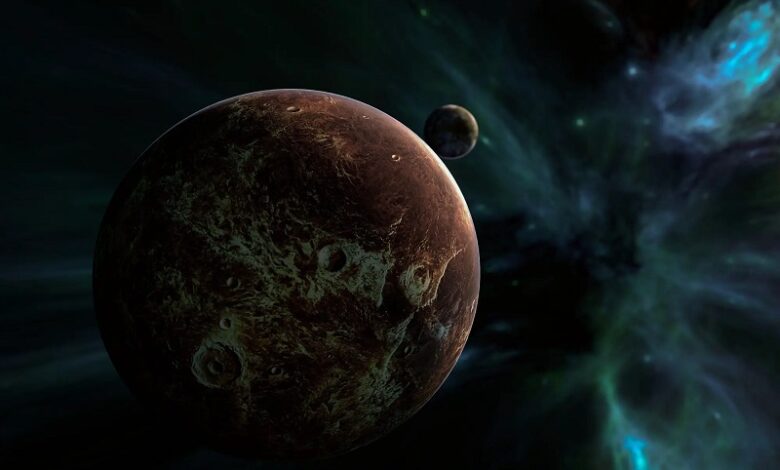James Webb Space Telescope Reveals Mysterious Pairing of Rogue ‘Planets’

Scientists using the James Webb Space Telescope (JWST) have made a remarkable discovery within a distant nebula: planet-like objects floating freely, unattached to any star, and remarkably, orbiting in pairs.
The JWST’s images of the Orion Nebula provide unprecedented clarity, and upon closer inspection, researchers have encountered a surprising celestial phenomenon. Approximately 40 gaseous “planets” have been identified, each accompanied by another planet in a distant tandem orbit, even though there’s no apparent massive body exerting gravitational influence on them.
These enigmatic objects, some comparable in size to Jupiter, have been dubbed “JuBMOs” or Jupiter-Mass Binary Objects by scientists from the European Space Agency, Samuel Pearson and Mark McCaughrean.
Samuel Pearson, a member of the research team analyzing the data, expressed his astonishment at the “unexpected” nature of this discovery. He stated, “Brilliant scientists have been working on theories and models of star and planet formation for decades. But none of them has ever predicted that we would find pairs of super low mass objects floating alone in space – and we’re seeing lots of them.”
While rogue planets are not a novel discovery, the mystery lies in how or why they have come together in pairs. These objects are too small to be classified as stars, and according to current theories, it shouldn’t be feasible for planets of this size to form within the nebula.
Mr. Pearson continued, “We know that we can see JuMBOs; they are right there in the images, but we do not know how they have formed. In terms of their mass, they sit in the gap between stars and planets, but our current understanding of how stars and planets form cannot explain their existence.”
The JWST captured these groundbreaking images using its near-infrared camera equipped with both short and long wavelength channels. To account for this unusual celestial occurrence, Mr. Pearson and Mr. McCaughrean have proposed a theory that investigates the possibility of these planets being “ejected” from a host star, which is the generally accepted explanation for solitary rogue planets found adrift in space.
However, this discovery challenges prevailing theories on planet and star formation, highlighting the pressing need for further research to unlock the secrets of these mysterious Jupiter-Mass Binary Objects and their origin story. The James Webb Space Telescope’s unique vantage point and advanced imaging capabilities have illuminated an intriguing celestial puzzle, reminding us that the universe still holds countless surprises waiting to be uncovered.
News Mania Desk / Agnibeena Ghosh 4th October 2023






